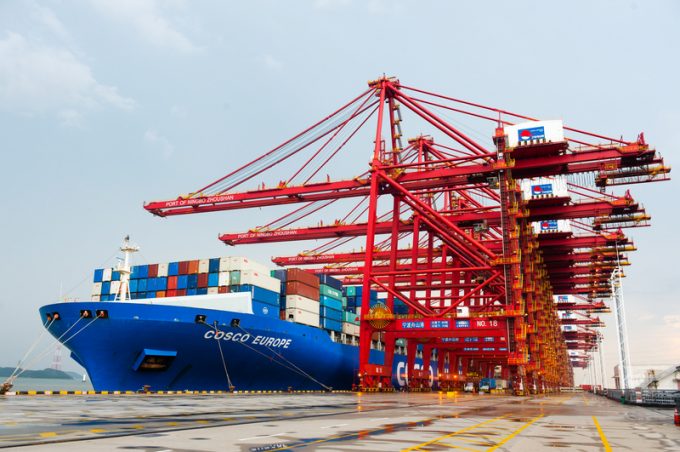CMA CGM eyes HPH sale after Ceva shines in a 'stable' second quarter
CMA CGM has expressed interest in the Hutchison Port Holdings (HPH) sale in a bid ...

The contagion of skyrocketing container freight rates has now spread from the Asia-Europe tradelane, to the transpacific, and is also about to hit transatlantic shippers.
Spot rates from North Europe to the US east coast have been sub-economic for ocean carriers for ...


Comment on this article